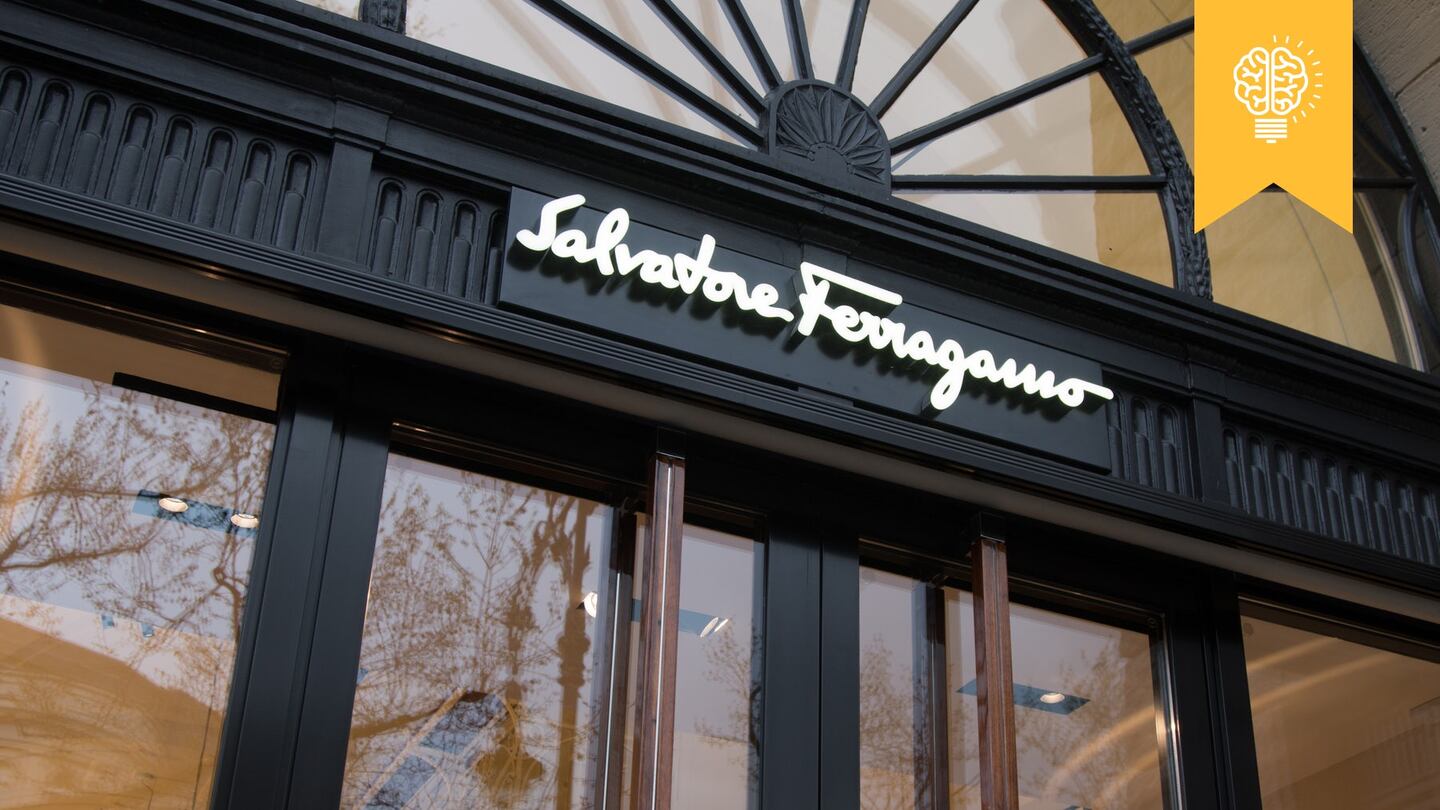
The Business of Fashion
Agenda-setting intelligence, analysis and advice for the global fashion community.

Agenda-setting intelligence, analysis and advice for the global fashion community.

LONDON, United Kingdom — Eraldo Poletto, Salvatore Ferragamo's CEO since August 2016, is aiming high. With a new strategy in place, he expects Ferragamo to outperform average luxury sector sales growth by a factor of two, driving annual gains of 8 percent each year until 2020, by which time the company plans to hit €2 billion in revenue. Over the next three years, Poletto also aims to raise gross margins by two percent.
While I might quibble over the actual figures and timeframe — it will certainly take a while to put everything into place — there’s little doubt that Ferragamo is waking up. That’s not to say that the Italian group has been completely dormant. Under the leadership of the company’s previous CEO Michele Norsa, Ferragamo overhauled its distribution network and operations and improved consistency across its product categories. My readings suggest that these efforts certainly managed to warm up the brand — and profitability certainly improved — but Ferragamo never became hot. In fact, in 2015, sales momentum began to fade.
Getting the company into shape will require a critical eye on what the Salvatore Ferragamo brand means to customers as well as a focus on product and retail performance.
On the first of these points, Ferragamo is starting from a very strong base. The brand has a brand awareness and desirability surplus in China; it is one of the three most desired brands in France; and it outscores competitors on brand desirability in the US. In other words, the company has a very strong platform, but has work to do to close the brand awareness and desirability gap with the sector’s leaders. The company’s plans for new, sharply focused communication and a big push online could make a difference.
ADVERTISEMENT
This brings me to the second point: product and retail innovation. This is a work-in-progress following the appointment of a trio of creative talent: Paul Andrew for women's footwear, Fulvio Rigoni for womenswear and Guillaume Meilland for menswear; a fourth appointment, in leather goods, is likely. The Autumn/Winter 2017 collections should reflect the new team's collective firepower, but already the Spring/Summer 2017 womenswear collection shows the hand of Fulvio Rigoni, who actually joined Ferragomo in January 2016 and unofficially drove the brand's September womenswear show.
On the retail side, much has already been done. Over the last few years, the brand has revamped more than 150 stores. But the brand’s historical sales strategy is linked to US department stores and vertical integration in retail has not driven strong performance. Eraldo Poletto’s plans for greater “newness” and smarter merchandising are backed by front-line empowerment at retail.
Now, it’s all about putting Poletto’s proposals into action. I have the impression that he wants to have all the key business drivers under control and to mould a company that can adapt strategically to the changing industry environment. This will take time — the first new products will not be in the stores before April — and success is by no means guaranteed. But Ferragamo appears to be stirring and its new CEO could well be the one to awaken and activate this “sleeping beauty” brand.
Luca Solca is the head of luxury goods at BNP Exane Paribas.
Related Articles:
[ Ferragamo Undeterred by US Import Tax ProposalOpens in new window ]
[ Paul Andrew to Lead Women’s Footwear at FerragamoOpens in new window ]
From analysis of the global fashion and beauty industries to career and personal advice, BoF’s founder and CEO, Imran Amed, will be answering your questions on Sunday, February 18, 2024 during London Fashion Week.
The State of Fashion 2024 breaks down the 10 themes that will define the industry in the year ahead.
Imran Amed reviews the most important fashion stories of the year and shares his predictions on what this means for the industry in 2024.
After three days of inspiring talks, guests closed out BoF’s gathering for big thinkers with a black tie gala followed by an intimate performance from Rita Ora — guest starring Billy Porter.